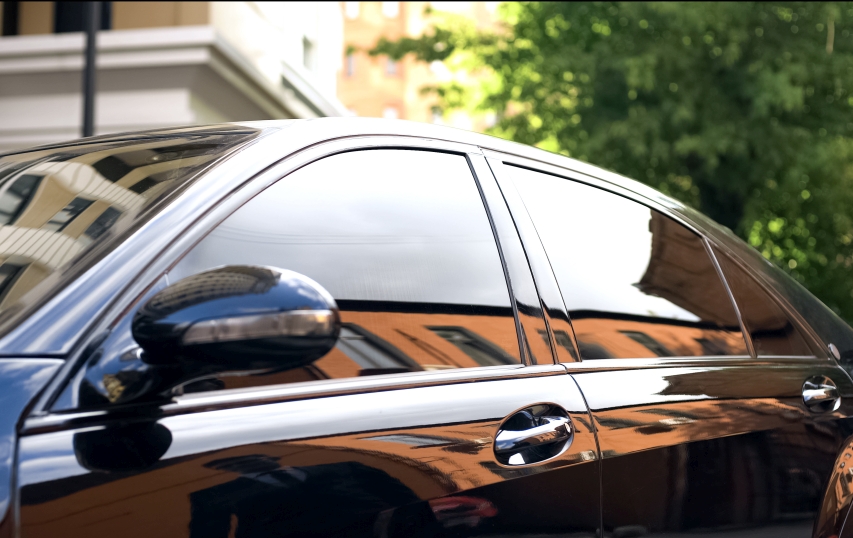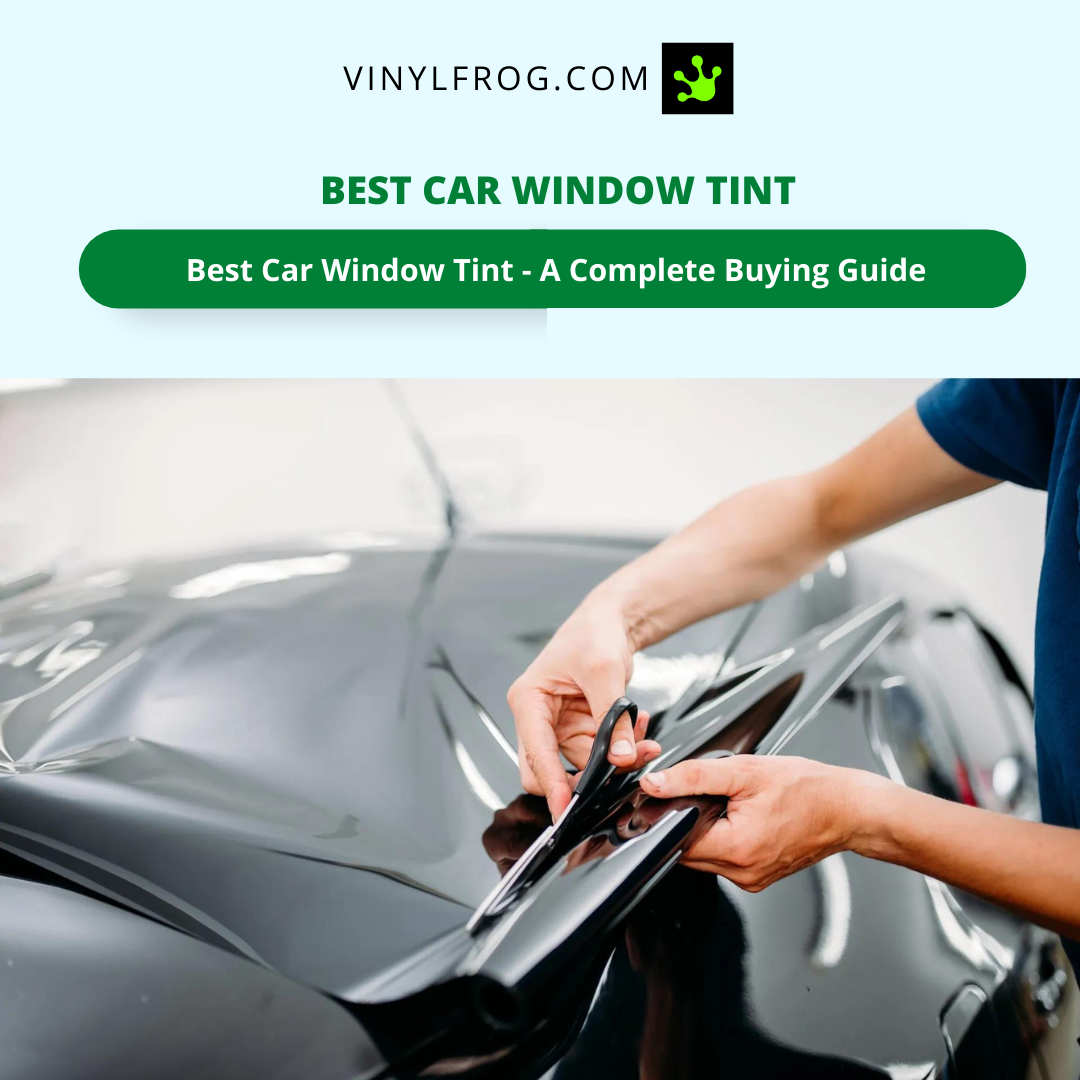Tips for Maintaining Your window tinting for Durable Performance
Tips for Maintaining Your window tinting for Durable Performance
Blog Article
Crucial Variables to Consider When Finding Home Window Color for Your Vehicle
Picking the right window color for your car includes a careful analysis of a number of important elements that can substantially impact both legitimacy and capability. The choice of window tints differs widely, encompassing choices that give differing levels of UV security and heat denial, each with unique advantages.
Lawful Regulations and Restrictions

For example, some states allow darker colors for back windows while enforcing more stringent limits on front home windows. Additionally, regulations might dictate details colors or materials that can be made use of, restricting reflective or metallic colors in specific cases.
It is essential to consider not only the visual desires however likewise the functionality and safety ramifications of home window tinting. Prior to setup, automobile proprietors need to acquaint themselves with their regional legislations, which can typically be found on state transport websites or with neighborhood law enforcement firms.
Kinds Of Window Color
Window color comes in different types, each designed to satisfy various needs and preferences. The most common kinds consist of colored, metalized, ceramic, and crossbreed colors.
Colored home window tint is preferred for its visual charm, providing an uniform appearance while minimizing glare. Metalized color, on the various other hand, integrates metallic particles that show warmth and UV rays, enhancing longevity and supplying remarkable efficiency.
Ceramic window color is a costs option, offering excellent warmth denial and UV defense without jeopardizing presence. Its non-metallic building and construction makes certain that it does not conflict with electronic signals, making it a perfect choice for modern automobiles. Lastly, crossbreed colors incorporate the advantages of colored and metalized films, offering an equilibrium of aesthetic appeals and efficiency.
When selecting a home window tint, it's vital to think about each kind's attributes and just how they straighten with your details needs for personal privacy, warm being rejected, and aesthetic appeals.
UV Protection and Warmth Rejection
A significant element to think about in window color selection is the degree of UV protection and warm denial it offers. Ultraviolet (UV) rays from the sun can add to skin damages and speed up the fading of a vehicle's inside. Selecting a home window color that provides high UV protection is essential for safeguarding both passengers and the lorry's products. Numerous top quality colors can obstruct approximately 99% of harmful UV rays, dramatically minimizing prospective wellness dangers.
Along with UV defense, heat denial is one more crucial aspect. Colors geared up with innovative modern technology can show and take in solar energy, keeping the car colder and lowering reliance on air conditioning. window tinting. This not only improves convenience however can likewise bring about boosted gas efficiency, especially in hot environments
When reviewing numerous tint choices, search for those with a high Visible Light Transmission (VLT) percentage while maintaining effective UV and infrared warm being rejected capacities. Products that meet these criteria commonly indicate remarkable quality and efficiency, guaranteeing that your automobile stays a comfortable and secure environment. Eventually, buying credible window tint that masters UV security and warmth being rejected will produce lasting benefits for both wellness and car upkeep.
Installation Methods and Prices
Choosing the right window color entails not just recognizing its safety attributes however likewise considering the installment approaches and connected costs. There are primarily two installment techniques: expert setup and DIY application. Professional setup generally assures a top quality coating, as experienced technicians ensure that the tint is used smoothly without bubbles or flaws. This degree of experience commonly comes at a costs, with prices ranging from $200 to $600 depending on the vehicle kind, the window size, and the color quality.
On the other hand, do it yourself kits are available at a reduced price factor, typically between $50 and $150. They require a certain level of ability and perseverance, as inappropriate application can lead to unsatisfactory outcomes (window tinting). It's essential to comply with the producer's guidelines diligently and allow enough time for installation
Furthermore, take into consideration the potential prices of eliminating or replacing improperly mounted color, which can look at this web-site intensify rapidly. Inevitably, choosing the most suitable installment method pivots on balancing spending plan restrictions with the desire for top quality, sturdiness, and visual allure of the home window color.
Upkeep and Longevity
Correct maintenance is vital for making certain the long life of your vehicle's window color. Routine cleaning and treatment can dramatically affect the appearance and toughness of the tint - window tinting. It is recommended to wait a minimum of a week after installment prior to cleaning the home windows to enable the glue to heal completely
When cleaning up tinted home windows, make use of a soft microfiber towel and a mild, ammonia-free cleaner. Rough chemicals can degrade the color, bring about peeling off or staining. Stay clear of utilizing rough materials, as they can damage the surface and jeopardize the color's honesty.

Inspect your home window color consistently for any type of signs of damages, such as bubbling or discoloration. Early discovery permits prompt fixings, preserving the tint's functionality and aesthetic allure. By sticking to these maintenance methods, you can enhance the long life and aesthetic high quality of your car's home window tint, ensuring it stays a useful and eye-catching feature for many years to come.
Conclusion
In verdict, choosing the proper window color for an automobile necessitates mindful factor to consider of numerous elements, including lawful guidelines, types of tint offered, and the double benefits of UV defense and heat denial. Routine upkeep is necessary to make certain the longevity of the tint.
Choosing a home window color that provides high UV defense is necessary for securing both residents and the vehicle's products. Eventually, investing in respectable home window color that succeeds in UV protection and heat being rejected will produce long-lasting advantages for both health and automobile upkeep.
Appropriate maintenance is vital for ensuring the durability of your lorry's home window color. By sticking to these upkeep practices, you can boost the longevity and visual high quality of your lorry's home window tint, ensuring it stays a appealing and useful attribute for years to come.
In conclusion, picking the proper home window color for an automobile necessitates mindful factor to consider of various elements, including lawful policies, types of color available, and the additional reading dual benefits of UV security and heat rejection.
Report this page